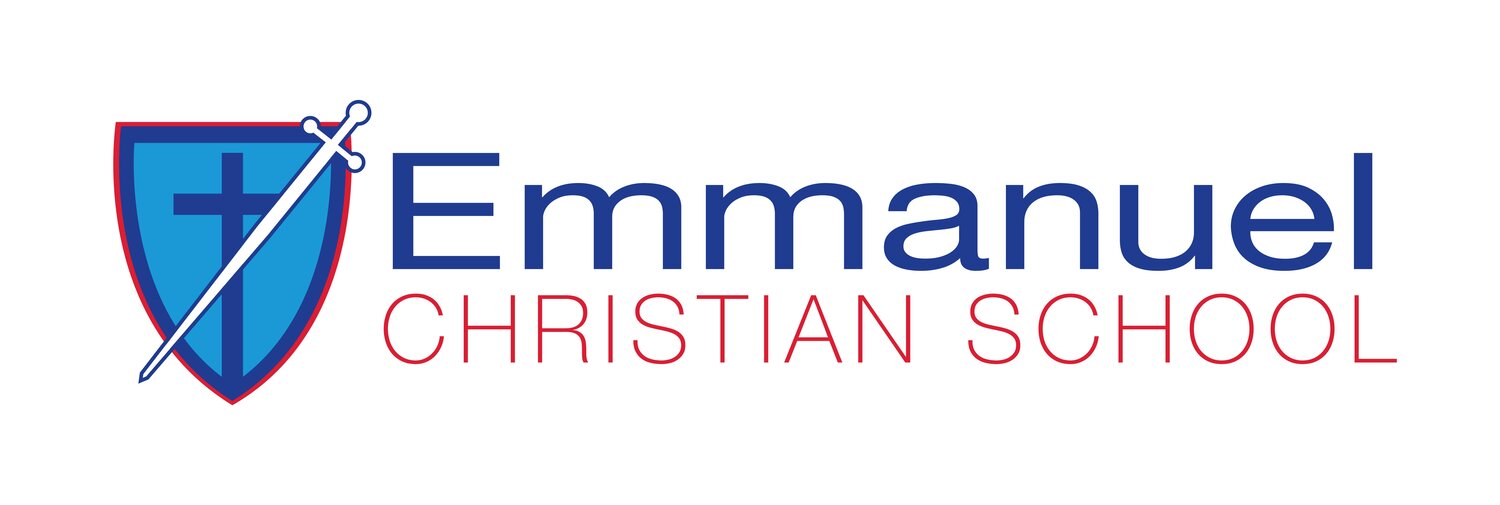If you’re my age, you probably didn’t get bullied via social media, it would have been face to face.
I was told that people can’t hurt you with their words and not to worry about it. Yet, this has been proven wrong time and time again, with mental health and wellbeing issues from any kind of hurtful material being hurled at others.
Social media can be such a great platform for students to socialise on, but can also be a tool used for hurt. Messages, pictures and videos are often sent with intent to harm others. At school, we sometimes see the flow on affects of students having a go at each other on social media outside of school hours. Attitudes can be negative, they can bring their issues into school to the playground and classroom, having a negative effect on learning and relationships.
Recently I shared the Government eSafety website in assembly, which shows ways to deal with cyber bullying. On the front page, there is an alarming statistic. Forty four percent of Australian young people report having a negative online experience in the last 6 months. Fifteen percent of these received abuse or threats. I shared this website as it is one of the best tools students can use to report and deal with cyber bullying. There are very clear steps on how to deal with cyber bullying as well as reporting it. The eSafety Commissioner is able to remove content that is harmful when reported.
I encourage you to have a look at the web page with your child, familiarise them with it and talk through the steps discussed on the page on how to deal with cyber bullying. This is a tool that students can go straight to, reporting any issues they may have with online bullying.
It also has some great ideas that are the opposite of what students think of when they are bullied. One of these is to collect all evidence of the bullying including screen dumps of pictures, messages and video. This provides evidence for the eSafety Commissioner to deal with the case.
Some of the great basic advice that the esafety commissioner shares online is below, please share these ideas with your child!
Tell a trusted adult about the bullying.
Change the safety settings on your device.
Block accounts that send you bullying content.
Collect any content, save it and compile a file.
Try to get any web page URL of the sites, including date and time it was posted.
Report abuse to the eSafety Commissioner.
Don’t respond or try to hit back, this empowers the bully.
One of my favourite Bible verses I shared with students in assembly is Matthew 11:28-30. It is a reminder to students that the eSafety Commissioner is not the only place to go for help. Matthew 11 reads –
Come to me, all you who are weary and burdened, and I will give you rest. Take my yoke upon you and learn from me, for I am gentle and humble in heart, and you will find rest for your souls. For my yoke is easy and my burden is light.
If you have a faith, I encourage you to spend time discussing the power of prayer with your child. They can report abuse as well as seek counselling, but understanding that their creator cares for them and loves them can give a spiritual healing that the eSafety Commissioner will not!
Ed Moroni — Secondary Co-Ordinator

